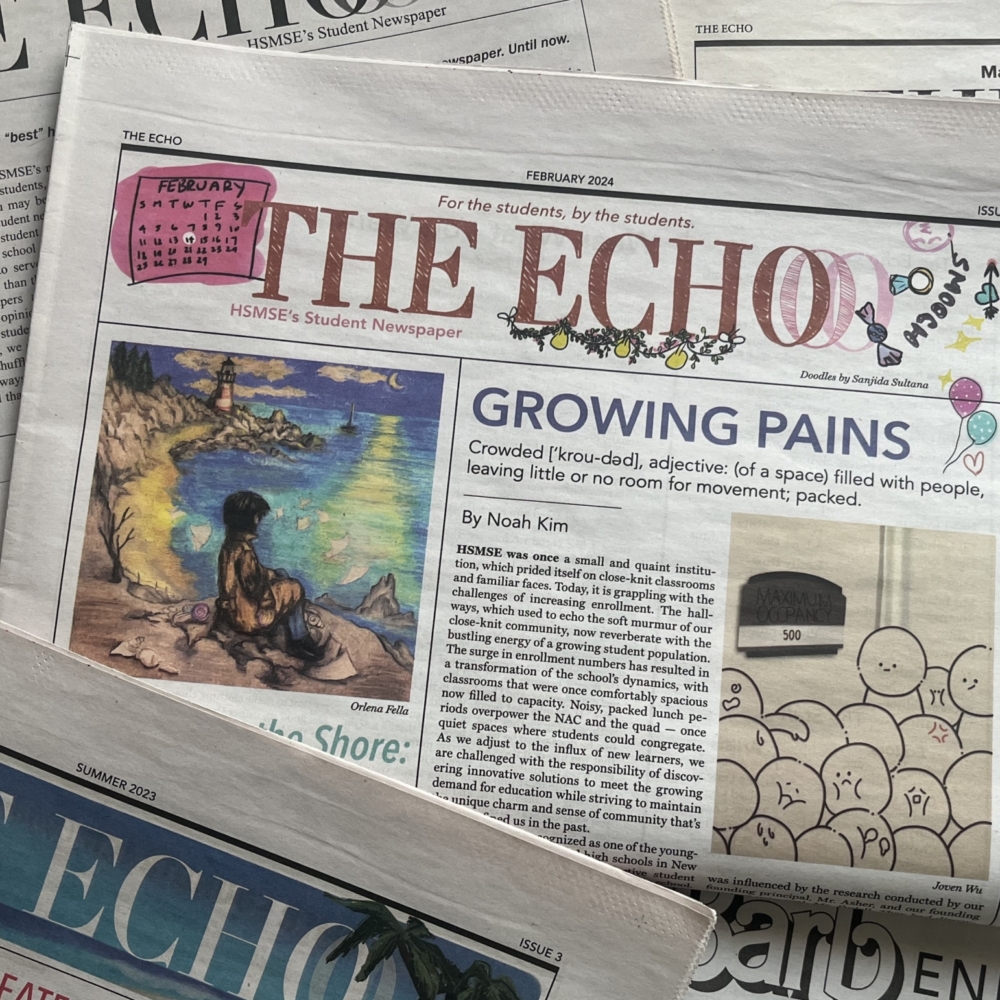The Main Principles Of News Articles
The Main Principles Of News Articles
Blog Article
The Of News Articles
Table of ContentsIndicators on News Articles You Should KnowNews Articles Can Be Fun For EveryoneThe Best Strategy To Use For News ArticlesWhat Does News Articles Do?Indicators on News Articles You Should Know
Good knowledge of various topics offers pupils an affordable side over their peers. Although electronic and social media sites are readily available, we must not neglect exactly how essential it is to read the newspapers. Parents should attempt and inculcate the habit of checking out a newspaper as an everyday routine to proceed the tradition of the revered print tool.News stories likewise have at least one of the complying with important features loved one to the desired audience: closeness, prominence, timeliness, human rate of interest, quirk, or consequence.
Within these limitations, newspaper article likewise aim to be comprehensive. However, various other variables are included, some stylistic and some derived from the media type. Among the bigger and a lot more revered newspapers, justness and balance is a significant element in presenting info. Commentary is typically constrained to a separate section, though each paper might have a various overall angle.
Papers with a worldwide audience, for example, have a tendency to utilize a more formal style of writing. News Articles.; typical design overviews consist of the and the United States Information Style Publication.
The smart Trick of News Articles That Nobody is Talking About
As a rule, journalists will not use a long word when a brief one will do. They use subject-verb-object building and brilliant, active prose (see Grammar). They provide narratives, examples and allegories, and they rarely rely on generalizations or abstract concepts. Information authors try to prevent making use of the same word a lot more than as soon as in a paragraph (sometimes called an "echo" or "word mirror").
Headings often omit the subject (e.g., "Jumps From Watercraft, Catches in Wheel") or verb (e.g., "Cat female lucky"). A subhead (additionally subhed, sub-headline, subheading, caption, deck or dek) can be either a secondary title under the major headline, or the heading of a subsection of the write-up. It is a heading that comes before the major text, or a group of paragraphs of the major message.

of a short article subject, source, or interviewee), it is described as a drawn quotation or draw quote. Extra signboards of any one of these types might appear later in the write-up (specifically on subsequent web pages) to lure further reading. Journalistic websites in some cases utilize animation methods to swap one billboard for one more (e.g.
A Biased View of News Articles
Such billboards are also made use of as tips to the article read the full info here in other sections of the magazine or site, or as ads for the piece in various other publication or websites. have a peek at these guys Press launch of the Swiss federal government. Common structure with title, lead paragraph (summary in bold), various other paragraphs (details) and contact info.

Example of a hard-lead paragraph NASA is recommending another room job. The company's spending plan request, introduced today, included a plan to send out an additional objective to the Moon. This moment the agency intends to establish a long-lasting facility as a jumping-off place for various other area adventures. The budget plan demands around $10 billion for the project.
An "off-lead" is the 2nd most essential front page information of the day. To "hide the lead" is to begin the post with background details or details of additional significance to the viewers, compeling them to review even more deeply into a post than they ought to have to in order to discover the crucial factors.
News Articles Can Be Fun For Anyone
Typical usage is that or two sentences each form their own paragraph. Journalists usually explain the company or structure of an information story as an upside down pyramid. The essential and most fascinating components of a story are placed at the beginning, with supporting details following in order of reducing value.
It permits people to explore a subject to only the deepness that their inquisitiveness takes them, and without the imposition of information or nuances that they might consider irrelevant, however still making that details available to extra interested readers. The inverted pyramid framework also allows posts to be cut to any kind of arbitrary size during layout, to suit the area available.
Some writers begin their tales with the "1-2-3 lead", yet there are numerous kinds of lead available. A twist can refer to several points: The last story in the information program; a "delighted" story to end the show.
Longer articles, such as publication cover posts and the items that lead the inside sections of a paper, are recognized as. Attribute tales vary from straight information in several methods.
A Biased View of News Articles
A feature's initial paragraphs frequently associate a fascinating moment or event, as in an "anecdotal lead". From the particulars of a person or episode, its sight quickly expands to abstract principles concerning the story's topic.

The Editor's Tool kit: A Referral Overview for Beginners and Professionals (2001) Allan important link M. Siegal and William G. Connolly. The New York Times Handbook of Design and Use: The Official Style Overview Utilized by the Writers and Editors of the World's Many Authoritative Newspaper (2002) M. L. Stein, Susan Paterno, and R.
Report this page